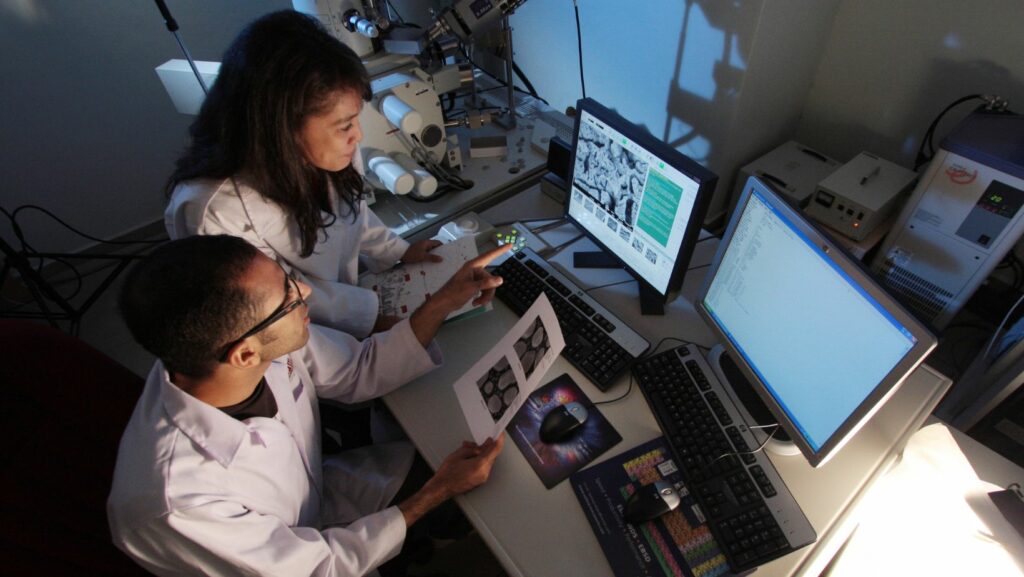In the evolving landscape of drug discovery, pharmaceutical companies are increasingly turning to in vitro ADMET assays to evaluate the Absorption, Distribution, Metabolism, Excretion, and Toxicity (ADMET) profiles of new drug candidates. Traditionally, these assessments relied heavily on animal models, but a combination of ethical concerns, technological advancements, and a growing demand for efficiency has paved the way for in vitro methodologies to take center stage.
This shift isn’t just about aligning with ethical standards—it’s about making smarter, faster, and more cost-effective decisions during the lead optimization phase of drug development. For many organizations, this transformation is accelerated through specialized lead optimization services that integrate in vitro data into early decision-making.
The Limitations of Animal Testing
Animal testing has long been the cornerstone of preclinical drug evaluation. Rodents and other lab animals have been used to predict human responses to new chemical entities. However, this approach has several critical shortcomings:

- Species differences: Animal biology can differ significantly from human physiology, leading to inaccurate predictions of human pharmacokinetics or toxicity.
- High cost and time consumption: Maintaining animal colonies and running long-term studies is expensive and slow.
- Regulatory and ethical scrutiny: Regulatory agencies and public sentiment are increasingly pressuring companies to reduce animal use wherever possible.
These factors have driven pharmaceutical innovators to explore and adopt alternative models—especially in vitro ADMET assays.
What Are In Vitro ADMET Assays?
In vitro ADMET assays use cell cultures, enzymes, microsomes, and other biological matrices to assess how a drug candidate will behave in the human body. These assays can evaluate:
- Permeability and absorption (e.g., Caco-2 cell assays)
- Metabolic stability and enzyme inhibition (e.g., human liver microsomes, hepatocytes)
- Plasma protein binding
- Toxicity (e.g., cytotoxicity in liver or cardiac cell lines)
When integrated into early-stage drug discovery, in vitro assays offer faster turnaround times and data that are often more predictive of human outcomes than traditional animal models.
Advantages Over Animal Testing
- Human Relevance: In vitro assays use human-derived systems, increasing the predictive power for human pharmacokinetics and toxicology.
- Speed and Cost Efficiency: These assays can be conducted rapidly and at a lower cost, making them ideal for high-throughput screening.
- Ethical Compliance: Using in vitro assays aligns with the principles of the 3Rs (Replace, Reduce, Refine), which guide the ethical use of animals in research.
- Data-Driven Decision Making: Early-stage insights from in vitro models help narrow down viable candidates faster, improving success rates in clinical trials.

The Role of In Vitro ADMET in Lead Optimization Services
In today’s competitive biotech environment, lead optimization services have become a critical function for pharmaceutical and biotech companies aiming to de-risk development and improve candidate quality. These services are designed to refine promising compounds by enhancing their potency, safety, bioavailability, and overall drug-like properties.
In vitro ADMET assays now form the backbone of many lead optimization services, helping scientists:
- Identify and eliminate poor candidates before resource-heavy studies begin,
- Improve metabolic stability and minimize off-target effects,
- Guide chemical modifications for enhanced absorption and reduced toxicity.
By using in vitro data as a key decision-making tool, these services increase the likelihood of clinical and regulatory success.
A Glimpse Into the Future
While in vitro ADMET assays aren’t a complete replacement for animal models—particularly for assessing whole-body responses—they’re getting close. Innovations such as organ-on-chip systems, 3D tissue cultures, and AI-enhanced predictive modeling are pushing the boundaries of what in vitro systems can do.
As these technologies become more widely adopted, lead optimization services will continue to evolve—offering smarter, faster, and more humane approaches to drug development.
Conclusion
The rise of in vitro ADMET assays marks a fundamental shift in pharmaceutical R&D. Not only do they offer more relevant human data earlier in the pipeline, but they also support faster iteration, cost savings, and ethical innovation. For any organization involved in lead optimization services, embracing in vitro testing isn’t just a technological upgrade—it’s a strategic imperative.

